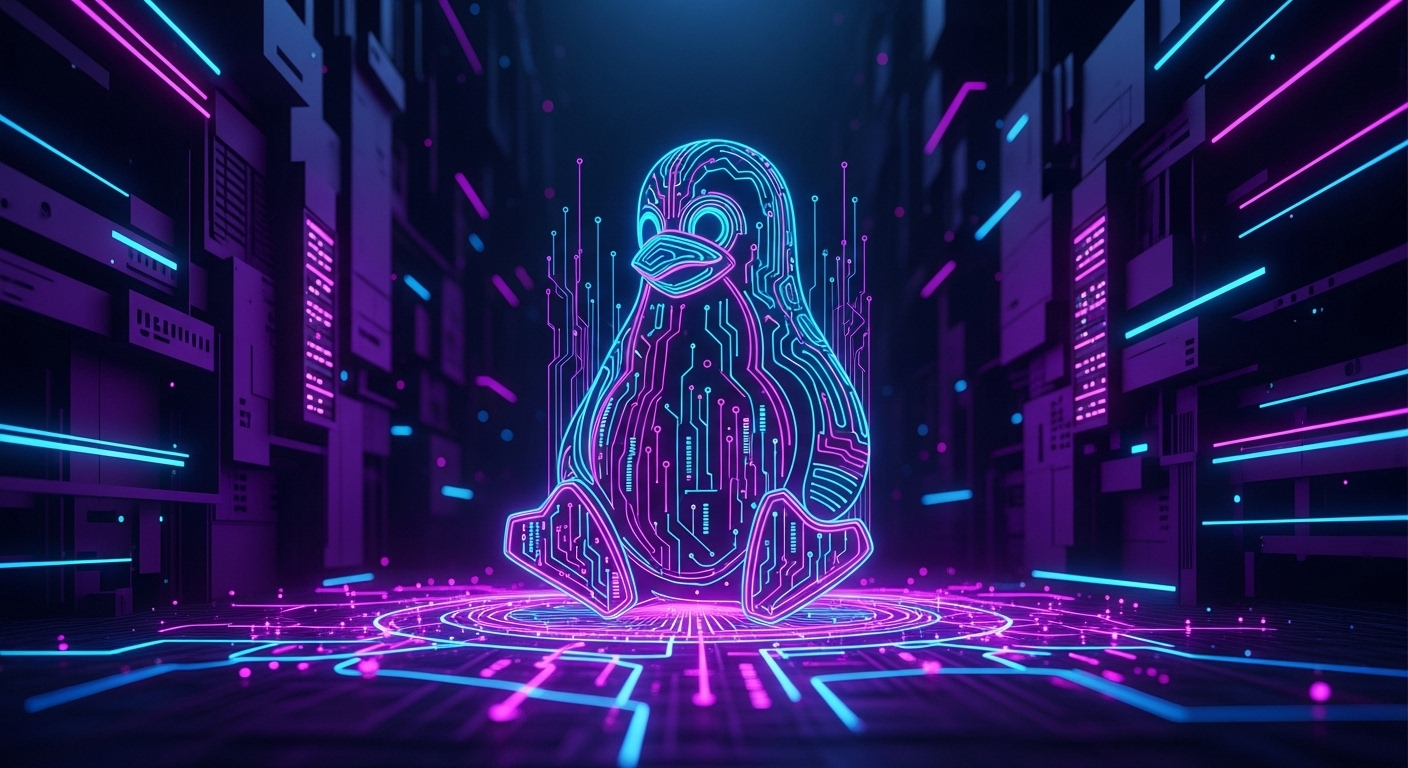Best Linux Setups for Remote AI Development Environments

Why Linux Is the Gold Standard for AI Development
Linux dominates the AI landscape because of its flexibility, performance, and compatibility with open-source tools. Most AI frameworks, including TensorFlow, PyTorch, JAX, and Hugging Face Transformers, are optimized for Linux environments. It offers better control over drivers, GPU management, and package dependencies than other operating systems.
Key reasons Linux remains the top choice for AI developers include:
- Native CUDA and GPU support with NVIDIA drivers and libraries
- Strong ecosystem for automation through shell scripting and SSH
- Lightweight resource management suitable for headless servers
- Deep customization of kernel parameters and file systems
- Compatibility with cloud-native tools like Docker, Kubernetes, and WSL
A good Linux setup balances these advantages with stability, security, and scalability for remote access.
Top Linux Distributions for Remote AI Work
Not all Linux distributions are equally suited for AI development. Below is a breakdown of the most reliable options depending on your use case.
For remote AI development, Ubuntu Server or Debian are typically preferred. They integrate seamlessly with SSH, VS Code Remote, Docker, and cloud providers like AWS, GCP, and Azure.
Essential Packages and Dependencies
Once your base OS is installed, setting up the right dependencies ensures smooth AI development. Core packages include:
sudo apt update && sudo apt install -y build-essential git wget curl python3 python3-pip python3-venvAdditional AI-specific tools:
- CUDA Toolkit and cuDNN for GPU acceleration
- PyTorch, TensorFlow, Transformers, JAX, OpenCV, and scikit-learn for model building
- Docker and Docker Compose for containerization
- NVIDIA Container Toolkit for GPU-enabled Docker containers
- VS Code Server or JetBrains Gateway for remote IDE connectivity
These packages create a powerful and flexible foundation for any AI workflow.
Optimizing Your Environment for Remote Access
A high-performing remote setup goes beyond installing libraries. You need to ensure stable connectivity, low latency, and efficient resource management.
1. Secure SSH Configuration
Configure key-based authentication and disable password logins for security:
sudo nano /etc/ssh/sshd_configSet:
PasswordAuthentication no
PermitRootLogin noThen restart the service:
sudo systemctl restart ssh2. Resource Monitoring and Process Control
Use tools like htop, nvitop, and nvtop to monitor CPU, memory, and GPU utilization in real time. Combine them with tmux or screen for persistent sessions when working over SSH.
3. Performance Tuning
Adjust swap space, limit background services, and pin CUDA workloads to specific GPU cores when using multi-GPU systems.
Example:
sudo nvidia-smi -i 0 --persistence-mode=1Working With Containers and Virtual Environments
AI projects often depend on specific framework versions. Containerization and virtual environments ensure reproducibility and portability.
- Docker: Ideal for sharing complete environments with dependencies pre-configured.
- Podman: Rootless alternative for secure deployments.
- Conda: Excellent for managing Python dependencies in isolated environments.
- Poetry: Streamlined dependency management for Python projects.
An example Dockerfile for GPU-enabled AI work:
FROM nvidia/cuda:12.2.0-cudnn8-runtime-ubuntu24.04
RUN apt update && apt install -y python3 python3-pip git
RUN pip install torch torchvision transformersSetting Up IDEs and Developer Tools Remotely
Modern developers no longer rely solely on local machines. With cloud or headless servers, IDEs can run remotely while maintaining a native-like experience.
Recommended setups include:
- VS Code Remote – SSH Extension: Run code and debug directly in the remote environment.
- JetBrains Gateway: Connect PyCharm or IntelliJ to a headless Linux server.
- JupyterLab or VS Code Notebooks: Ideal for interactive AI experimentation.
- NoMachine or X2Go: Provide full graphical access to remote Linux desktops for lightweight GPU visualization.
For enhanced performance, use XFCE or LXQt as your desktop environment, as they are lightweight and responsive.
Security, Backups, and Collaboration
AI development often involves sensitive data and proprietary models. Security and reliability must be part of the setup.
- Enable firewall rules with
ufwto allow only necessary ports. - Use Tailscale or WireGuard for secure, encrypted remote networking.
- Automate backups of key directories with
rsyncor cloud storage sync tools. - Implement Git hooks and CI/CD integrations to maintain consistent version control.
Collaboration improves when environments are shareable and reproducible, allowing teams to onboard faster and debug consistently.
Example Architecture: Remote AI Dev Stack
This architecture provides a complete stack for modern AI teams working remotely with high performance and reliability.
Final Thoughts
Building a reliable Linux environment for remote AI development requires careful attention to performance, reproducibility, and security. The ideal setup balances flexibility with simplicity — a system where developers can train, test, and deploy models seamlessly without fighting dependencies or configuration drift.
By standardizing on Linux and leveraging automation tools, teams can scale their AI projects faster, collaborate more efficiently, and maintain robust infrastructure across on-premise and cloud environments.
Want help setting up an optimized AI development environment for your team?
Contact Amplifi Labs to design and deploy a secure, high-performance remote setup tailored to your workflows.




